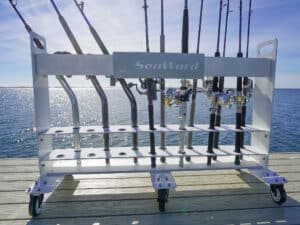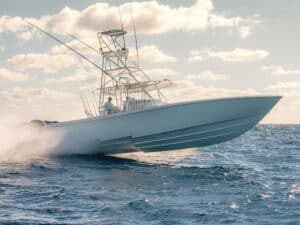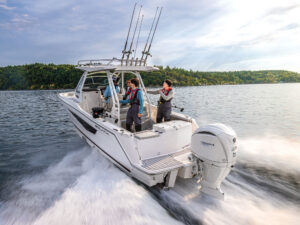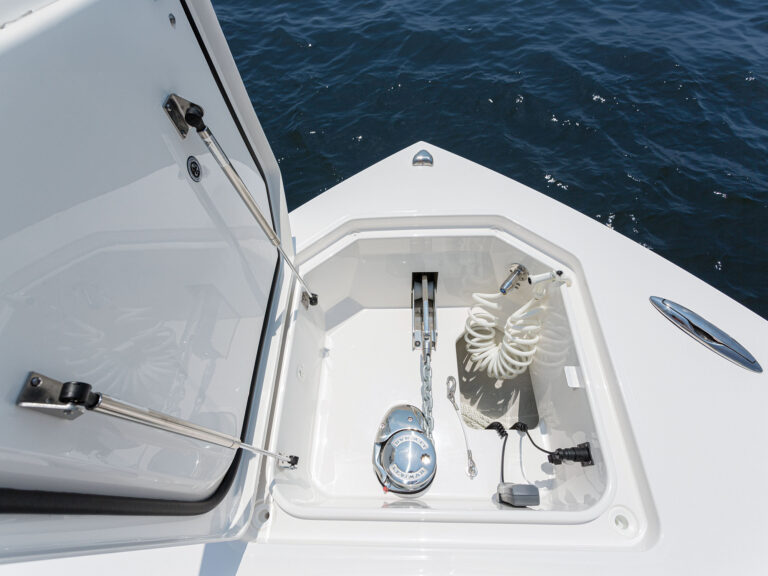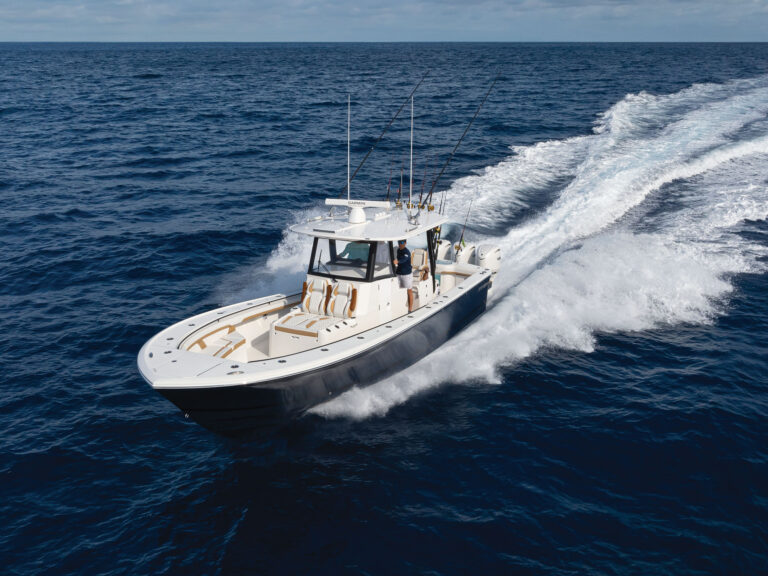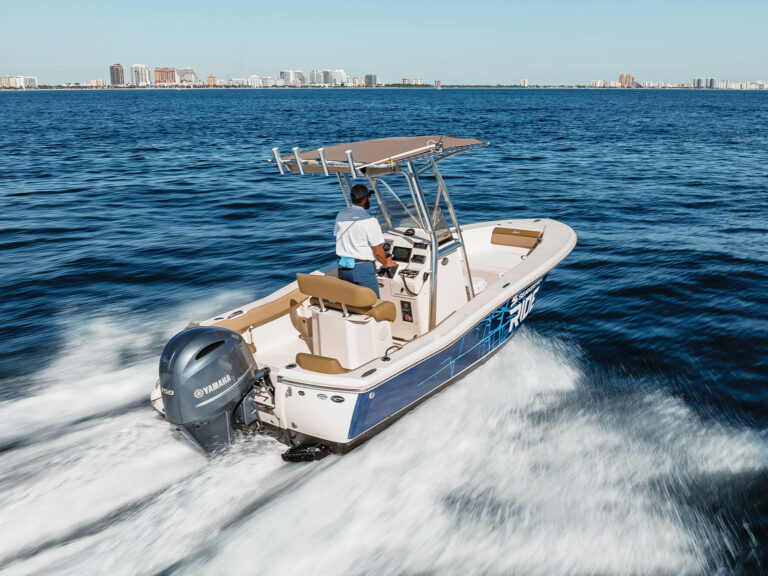When it comes to casting distance, the fly rodder is at a distinct disadvantage when compared to either spin or conventional fishermen. The 200-foot casts that are possible with more traditional tackle cannot even be fathomed in the saltwater fly fisherman’s wildest dreams. In our reality, most competent long-rodders can only shoot a line 80 to 90 feet under ideal conditions.
As new technologies emerge on the fly-fishing scene, the cry for increased casting distance is a number-one priority. Fast-action, high-modulus graphite rods and super-slick distance-tapered lines are being developed specifically to help the fly fisherman produce a longer cast.
Most fly fishermen overlook one piece of equipment that can add distance to their cast. This essential accessory is a properly sized stripping basket. The right size basket will decrease line tangles, thereby allowing your fly line to shoot unimpeded through the guides in an effort to achieve maximum distance.
A Primer on Baskets
Most anglers know that a stripping basket can be the fly fisherman’s best friend. The basket holds the fly line upon retrieval, preventing it from falling into the surf or on the jetty rocks. If you have ever tried stripping line without a basket you have probably found that it ends up being a lesson in futility. Waves will quickly wash your line away, sending it into a tangled mess. If you are on a jetty, your line will become hopelessly entangled within the rock pile.
There are three basic kinds of baskets, each with its specific application: oceanfront, bay and boat.
The oceanfront basket is used when you are shooting a line into the surf. This basket is designed with holes in it. Any water that spills into the basket from the crashing waves will flow out easily. If you use a basket without holes, the splash from the waves will continually fill your basket with water and you will have to dump it regularly. In some instances, the waves will even rip the basket from your waist.
The bay basket is a solid design without any drainage holes. This allows you to wade deeply without any water entering the basket. Your basket basically sits on top of the water as you strip line into it. If you use your ocean basket in the calm waters of the bay, you will find that water will run into the basket, causing the line to tangle. Also as you wade into deeper water, the basket will fill and your line will float out. In either case your casting distance will be impeded.
The third style of basket is employed when fly fishing from a boat. In this instance your basket is a cylindrical bucket which stands next to you on the floor of the boat or is held between your legs. Whether a 5-gallon bucket or the commercially available Flyline Tamer, the purpose is simple: to keep your line from catching cleats, gunwales, rails or feet.
Baskets as an Aid to Casting
The size and depth of your basket is critical to your casting success. Many different sizes are available on the market, or they can be constructed at home at virtually any configuration. Creative fly rodders will use anything from Tupperware containers to dishpans to fashion a basket.
You will find that the bottoms of most rectangular stripping baskets are studded with cone inserts that function to hold the line in place. These studs exert friction on the line’s coils, preventing it from tangling. Fly rodders that design their own baskets have used everything from heavy-gauge electrical ties, lawn-trimmer line, golf tees, straws to even Astroturf for this purpose.
One style that’s popular is the nylon mesh or Denier pack-cloth baskets available in your local fly-fishing shop. One advantage to the mesh or cloth-style basket is that it is foldable and easily stored or packed for a trip. However, tangles will occur much more frequently with this style of basket because of its shape. In these baskets, the line has a tendency to flip over as you move around because it doesn’t sit flat. This flipping can cause your line to come out tangled, impeding the cast.
As for size, small baskets, 12 by 9 by 6 inches, do have some advantages. They are relatively easy to carry and maneuver around with if you do a lot of jetty hopping. However, they won’t hold much line without tangling. If you are casting 80 feet, this basket is too small and will cause frequent tangles, especially if you use a heavy shooting head that will naturally seek the bottom of the basket, causing tangles with the lighter running line. The smaller baskets will also be a problem on windy days, when a stiff crosswind can actually blow the line out of the basket.
A large basket, 19 by 13 by 10 inches, is ideal for achieving maximum casting distance. These baskets provide much more surface area for the line to spread out, allowing up to 100 feet of line to lie flatter and therefore shoot more evenly out of the basket. These large baskets do, however, make it more difficult to maneuver.
A midsized basket, 15 by 11 by 8 inches, represents a good compromise. It is both large enough to give you the stripping capacity and resulting casting distance that you want, and is still small enough that it doesn’t restrict your movements.
The bottom line is that there is no hard-and-fast rule when it comes to stripping baskets. Just keep that extra distance you want in mind and try different sizes of baskets and see what suits your style and needs best. You may find that a more appropriate stripping basket may make all the difference in the world during this season in the suds.

